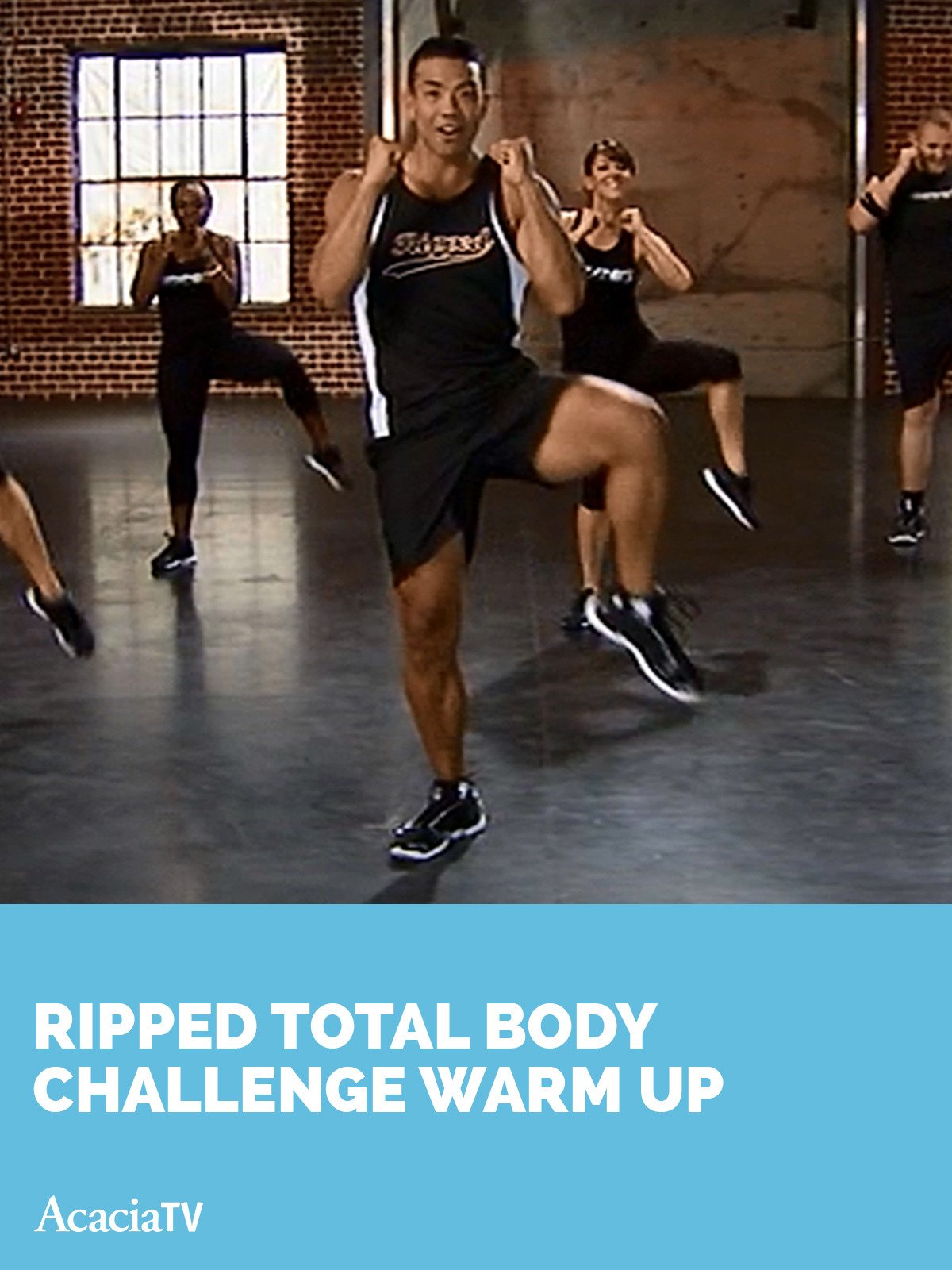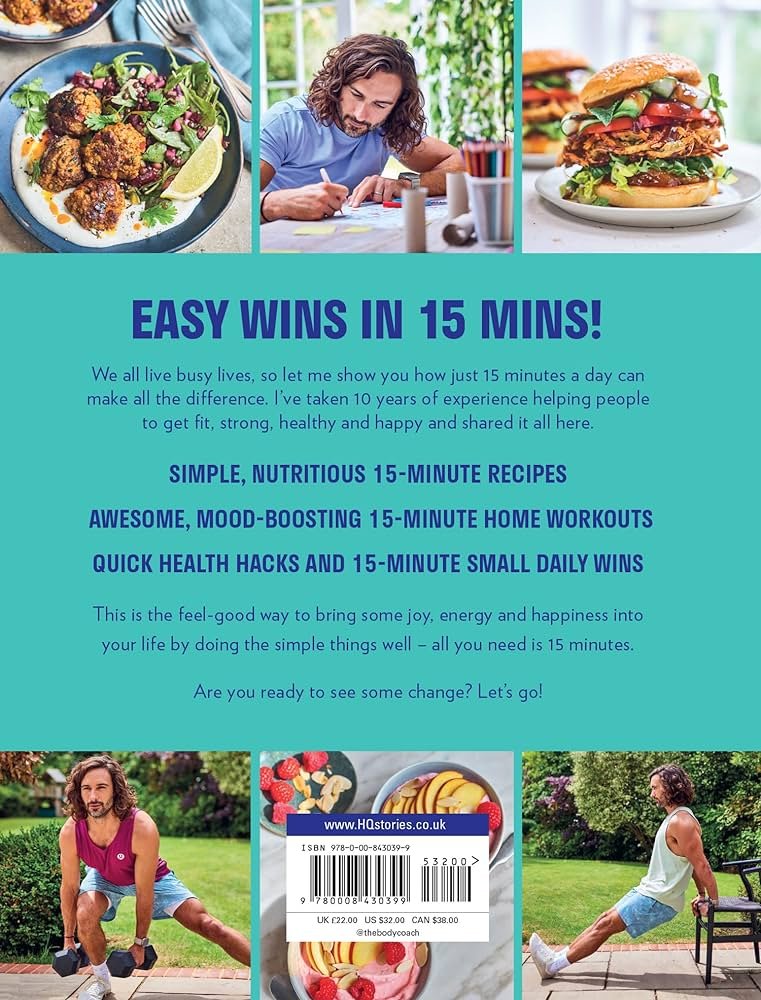A personal trainer provides expert guidance on achieving fitness goals and overcoming plateaus. Their answers to common questions help demystify workout myths and optimize routines.
Embarking on a fitness journey often raises a myriad of questions, from the best exercises for fat loss to strategies for muscle gain. Having access to a personal trainer’s insights can be invaluable, allowing individuals to navigate the complexities of fitness with confidence.
By addressing these frequently asked questions, potential gym-goers and fitness enthusiasts alike can establish a solid foundation for their physical aspirations. The knowledge shared by personal trainers is not just about getting through routines; it’s about cultivating a sustainable, healthy lifestyle that aligns with your personal goals. Understanding the reasoning behind their advice helps create a tailored approach that maximizes results and minimizes the risk of injury. This introduction to a personal trainer’s answers aims to cut through the noise and offer straightforward, actionable guidance for anyone looking to improve their fitness levels.

Credit: med.stanford.edu
Demystifying Fitness Myths
Demystifying Fitness Myths is crucial for anyone embarking on a fitness journey. It’s easy to become overwhelmed by the conflicting information available. Our expert personal trainer tackles popular misconceptions and provides the facts. This ensures that your fitness routine is effective and based on accurate information.
Spot Reduction Realities
The idea of spot reduction—targeting fat loss in specific body areas—is a pervasive myth.
- Fat loss occurs evenly throughout the body.
- Genetics determine fat storage patterns.
- Targeted exercises strengthen muscles but don’t solely burn fat in that area.
For visible results, focus on a full-body workout paired with a healthy diet.
Effectiveness Of Fasted Cardio
Fasted cardio is exercising on an empty stomach, often touted for fat loss.
| Pros | Cons |
|---|---|
| Potential increased fat oxidation | Possible muscle loss due to protein breakdown |
| May improve endurance performance | Can lead to decreased intensity due to low energy |
The key to weight loss is a calorie deficit, not necessarily the state in which cardio is done.
Balancing Diet And Exercise
Finding the perfect harmony between what we eat and how we work out is key. It’s like a dance, with food and exercise as partners. They must move together. Personal trainers often get asked how to balance diet and exercise.
Macronutrient Breakdown
Eating the right mix of proteins, fats, and carbohydrates is crucial. Imagine your plate as a palette of nutrients. Here’s a simple way to see it:
- Proteins: Essential for muscle repair. Think chicken, tofu, and beans.
- Fats: Good for energy and health. Avocados, nuts, and oils are great sources.
- Carbohydrates: Our main energy source. Fruits, vegetables, and whole grains are best.
Role Of Calories In Weight Management
Calories are like fuel. Too much, and we store it; too little, and we lack energy. The secret is in balance.
| Goal | Action |
|---|---|
| Lose Weight | Eat fewer calories than you burn. |
| Maintain Weight | Match calorie intake with what you burn. |
| Gain Weight | Consume more calories than you burn. |
Remember, it’s not just the number of calories but the quality that counts. Focus on whole foods. They provide more nutrients.
Optimizing Workout Regimens
Getting fit can feel like a puzzle. With the right pieces, the picture becomes clear. A personal trainer answers top workout questions to help piece it together. Let’s dive into how to fine-tune exercise habits for the best results.
Best Time To Exercise
Finding the prime time for a workout is key. Bodies and schedules differ, so the “best” time varies per person. Consider these points:
- Morning workouts kickstart metabolism and may improve focus for the day ahead.
- Afternoon sessions can tap into peak muscle strength.
- Evening exercises could help unwind after a long day.
Listen to your body. Align workouts with personal energy levels and lifestyle.
Creating A Sustainable Routine
Consistency trumps intensity for long-term success. Use these strategies to stick with a fitness plan:
- Set achievable goals.
- Blend various exercises to stay engaged.
- Keep a workout calendar.
Maintaining a routine should be enjoyable, not a chore. Start with short, frequent sessions and gradually increase as fitness improves.

Credit: www.indiatvnews.com
Understanding Supplements
Fitness enthusiasts often find themselves at a crossroads with supplement choices. As they quest for optimal performance, the question remains: what supplements should be part of their fitness journey? Let’s tackle the most crucial supplements with some expert advice.
Navigating Protein Powders
Protein powders are a popular choice for muscle repair and growth. Yet, the options can be overwhelming. Here’s a simple guide to understanding which protein works best for your goals:
- Whey Protein: Quick absorption, ideal for post-workout.
- Casein Protein: Slow release, perfect for nighttime.
- Plant-Based Proteins: Great for vegans and those with dairy intolerance.
Select a protein powder that aligns with your dietary needs and workout routine. Remember to check for added sugars and artificial ingredients.
Vitamins And Minerals For Performance
Next, consider vitamins and minerals crucial for peak performance. They play an integral role in body functions and recovery. Here are some top picks for athletes:
| Vitamin/Mineral | Benefit |
|---|---|
| Vitamin D | Bone health and immune function |
| Iron | Oxygen transport and energy levels |
| Magnesium | Muscle function and sleep quality |
| Omega-3s | Inflammation reduction and heart health |
Consider a multivitamin or targeted supplements to fill any nutritional gaps. Still, aim to get most nutrients from a balanced diet. Consult with a professional for personalized advice.
Preventing And Managing Injuries
Fitness enthusiasts often face hurdles in the form of injuries. A break from your routine, no matter how small, can set back progress. Personal trainers emphasize the value of injury prevention and management to maintain a healthy and active lifestyle. With proper strategies, you can reduce the risk of injury and swiftly bounce back from common setbacks.
Importance Of Stretching And Warm-ups
Stretching and warming up are the first steps to a safe workout. They prepare your body for the stress of exercise. Engaging in dynamic stretches and light cardio activities increases blood flow. This leads to better muscle elasticity and range of motion. Studies suggest that a good warm-up may drastically diminish injury risk.
- Dynamic stretching targets muscle groups you will use during your workout.
- Light cardio, such as jogging or cycling, gets your heart rate up.
Recovering From Common Workout Injuries
Despite precautions, injuries can happen. Quick and appropriate action is crucial. The RICE method is widely recommended for acute injuries:
| Method | Meaning |
|---|---|
| Rest | Stop physical activity to prevent further harm. |
| Ice | Apply ice to reduce swelling and pain. |
| Compression | Use elastic wraps to minimize swelling. |
| Elevation | Keep the injured area above heart level, if possible. |
For longer-term recovery, consider physical therapy and rehabilitation exercises. This can promote healing and strengthen the injured area. Professional guidance ensures safe and effective recovery.
Fitness Trends And Fads
The world of fitness is as dynamic as it is demanding. Each year, new trends capture the scene, seducing fitness enthusiasts with the promise of quicker, more impressive results. Navigating through the maze of workout programs and health strategies can be confusing. That’s where insights from a knowledgeable personal trainer become invaluable.
Evaluating The Latest Workout Craze
Every craze claims to be the golden ticket to peak fitness. But how can we sift the gold from the glitter? Look for scientific backing and longevity in any new fitness trend. Effective fitness trends should improve your health and should be sustainable over a long period. Use these check-points:
- Authenticity: Is it endorsed by fitness professionals?
- Community Feedback: Are users seeing results?
- Adaptability: Can it fit into various lifestyles?
- Risk vs. Reward: Are the benefits worth the potential risks?
Technological Advancements In Fitness
Technology is reshaping the fitness realm. From high-tech workout equipment to apps that track progress, tech advancements offer new paths to personal well-being. The key features to look out for in fitness technology include:
| Feature | Description | Impact on Fitness |
|---|---|---|
| Wearables | Devices that monitor fitness metrics. | Increases awareness and tracks progress. |
| Apps | Software for workout routines and diet tracking. | Provides structure and convenience. |
| Virtual Reality | An immersive workout experience. | Enhances enjoyment and motivation. |
| Online Coaching | Personal training via the web. | Offers personalized guidance remotely. |
Beyond these, also consider the ease of integration into daily routines and the cost-effectiveness of the tech. It is crucial that these tools serve to enhance fitness, not complicate it.

Credit: resources.workable.com
Frequently Asked Questions Of Most Commonly Asked Fitness Questions Answered By Personal Trainer
What Is The Most Searched Fitness Question?
The most searched fitness question is “How to lose belly fat? ” This query reflects widespread interest in targeted weight loss strategies.
What Are Some Questions About Physical Fitness?
What defines physical fitness? How can I measure my fitness level? What exercises improve cardiovascular health? What’s the recommended frequency for strength training? Can diet impact physical fitness? How does flexibility contribute to fitness? What role does rest play in fitness?
How Do You Ace A Personal Trainer Interview?
Prepare thoroughly by knowing the gym’s philosophy and client base. Display certifications and experience confidently. Share success stories to highlight your skills. Tailor your fitness philosophy to align with the potential employer’s. Demonstrate strong communication and motivational tactics during the practical assessment.
What Is A Fitness Assessment With A Personal Trainer?
A fitness assessment with a personal trainer evaluates your current fitness level. It typically includes tests for strength, flexibility, and cardiovascular health to tailor a workout plan.
Conclusion
Embracing your fitness journey just got easier, thanks to expert insights from a seasoned personal trainer. We’ve tackled the top queries, giving you a head start on meeting your health goals. Remember, every stride towards fitness counts. Stay motivated, keep those questions coming, and here’s to your success!


